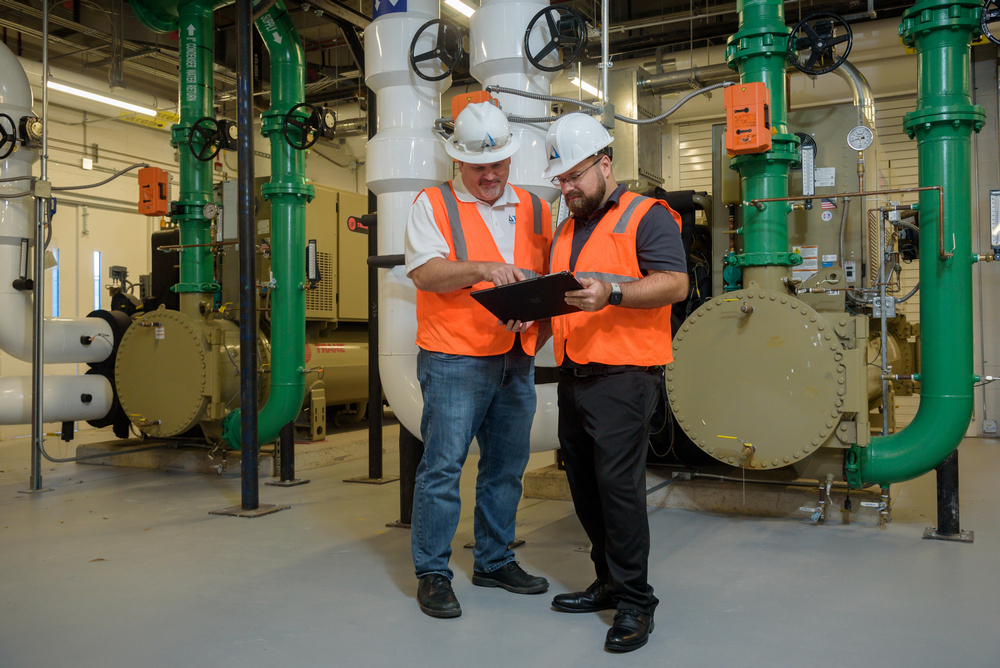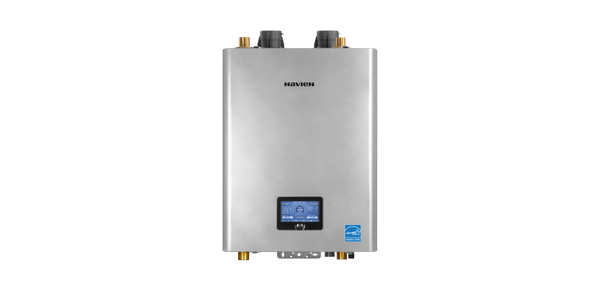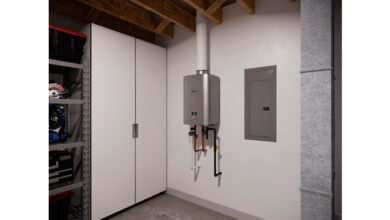
Commissioning has evolved from an unofficial onsite quality assurance activity to a formally documented code-required process. Although the premise of commissioning hasn’t changed, the scope has morphed over the years.
To fully appreciate the growth of commissioning, it is important to understand the early days of commissioning. With the release of Leadership in Energy and Environmental Design Version 2, commissioning started gaining traction by including fundamental commissioning as a pre-requisite. This was followed by the Florida Energy Conservation Code and the International Energy Conservation Code requiring commissioning, albeit a much-abbreviated scope compared to LEED. This was the crucial step that helped kick-start commissioning into the mainstream of the construction world and paved the way for many other adaptations.
Recently, there has been an enhancement to commissioning that is going beyond the standard mechanical, electrical and plumbing scope. Building owners have begun to understand there are gaps in the “code minimum” commissioning requirements and have started to ask for additional systems to be included such as emergency power, CCTV, access control, building envelope and vertical transport, to name a few.
A significant contributor to this shift is the development of Owners Project Requirements, or OPR, within the commissioning process. This invaluable document includes the specific commissioning tasks to be carried out, and its adoption by major owner entities has substantially increased the prominence of commissioning in construction projects. This is a valuable development in the commissioning realm.
The word is out that the commissioning process can help in many aspects. For instance, improved occupant comfort as a result of thorough testing of systems and assistance with training operations and maintenance staff. Commissioning also helps to maintain the construction schedule by catching items early before they cause further problems. Most building construction schedules’ critical path is lead times on major equipment such as chillers, air handlers, switchgear and generators. Owners and general contractors are welcoming this second set of eyes to help keep projects on schedule.
One notable item in today’s commissioning world is the ever-increasing demand to control everything at your fingertips. What does this mean in the commissioning world? It means more building automation systems. Think back less than 10 years ago when standalone controls were the standard in typical commercial buildings. Today, a true BAS requires controls contractors to take a much more involved role as “control integration contractors” to integrate all systems, not just HVAC systems, into the BAS.
Gone are the days of simplistic equipment startup and minimal controls. Mechanical contractors and/or vendors would energize equipment and walk away while the controls contractor integrates standalone equipment via BACnet to provide minimum controls like start/stop and discharge air temperature setpoint. Now, with an all-encompassing BAS being implemented on most projects, controls contractors have more responsibilities to ensure the systems are fully integrated and correct points are being trended and alarmed, for a seamless system operation. This requires coordination with the entire project team, including engineer, general contractor, mechanical contractor and equipment vendors at minimum.
A fully integrated building control system is a fantastic step forward in high-performing, smart building technology. But it has also made the need for experienced third-party independent commissioning providers more important than ever. Gaps between the design team, contractors and vendors are becoming increasingly common. For example, if there is a packaged direct-expansion rooftop unit that the design documents call out a static pressure sensor, but that unit doesn’t come from the factory with that sensor, the contractors must work together to ensure all points and devices are picked up. Before this system, it was basically you get what you get and set it and forget it.
Commissioning design reviews and submittal reviews start to help close those gaps, but detailed discussion with all parties at the table during commissioning controls integration meetings have proven to be a crucial addition to the commissioning process.
What’s next? We all know AI is the future. With this ever-growing technological world, the demand for buildings to be automated is increasing. Automated fault detection and diagnostics represents this technology, and it is here to stay. As a result of this advancement, we must stay on top of automation. The bottom line: it is imperative commissioning agents continue to work together with stakeholders, stay on the forefront of technology and continue to grow and adapt in an ever-changing world.
ACG member Eric McEwen, CxA, EMP, is a principal, senior project manager, commissioning, at TLC Engineering Solutions.




